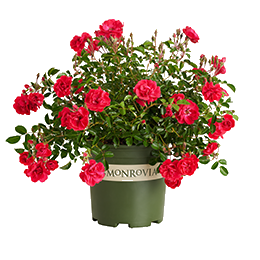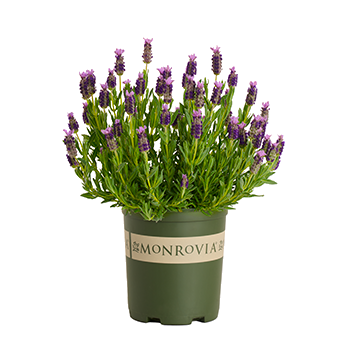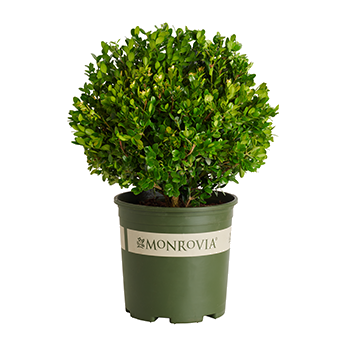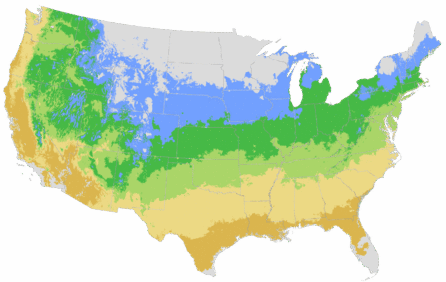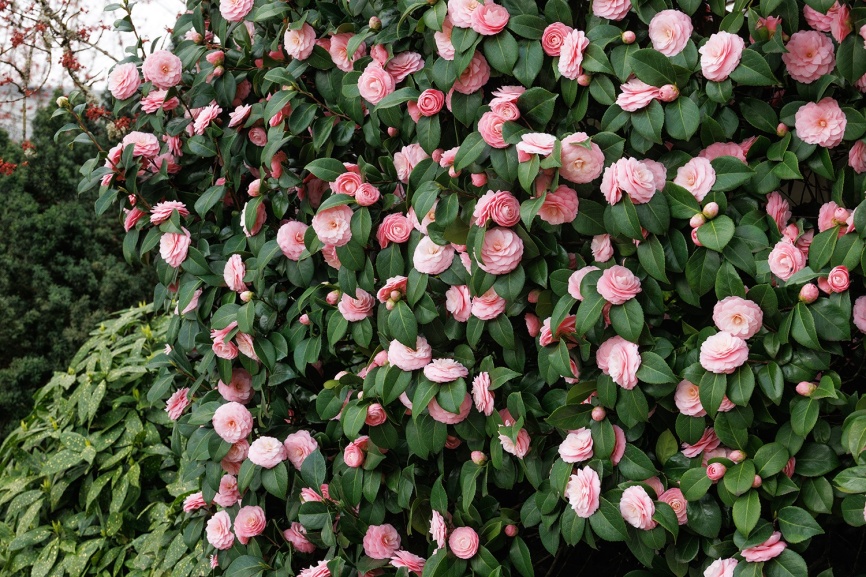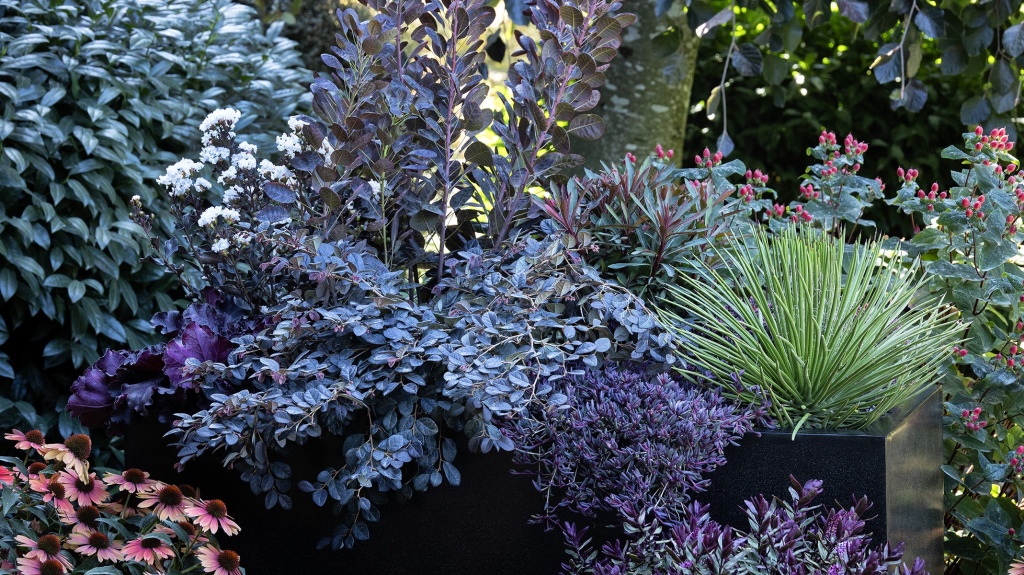You're growing in this Zip Code:
Change LocationDiscover Plants for Your Area
Petite Indigo® Dwarf Butterfly Bush
Buddleja davidii subsp. nanhoensis 'Mongo'
Retailers Near You
| Description | A spectacular summer show of slender, dark lavender to reddish purple flower spikes accented by gray-green foliage. A useful dwarf form with open branching, perfect for an accent plant in sunny gardens and borders. The nectar-rich flowers have a light, pleasant fragrance. Deciduous. |
|---|---|
| Bloom Time | Midsummer through fall |
| Deciduous/Evergreen | Deciduous |
| Special Features | Waterwise, Attracts Pollinators, Fast Growing, Compact Form |
| Problems/Solutions | Deer Resistant, Rabbit Resistant |
| Growth Rate | Fast |
| Growth Habit | Vase-Shaped |
| Flower Attributes | Flowers for Cutting, Fragrant, Long Bloom Season, Showy Flowers |
| Landscape Use | Border, Container |
| Design Ideas | Dwarf butterfly bush is perfect for bringing butterflies into the garden and up close to the house. Use in sideyards where flowers are held up at window level. Ideal choice for breaking up long runs of fence. Particularly attractive along picket fences and lattice where airy open character is a good fit. Fast growth is a super filler for newly constructed homesites. An essential in the wildlife and habitat garden. A casual cottage and country garden performer with bonus of butterflies at bloom time for family fun. |
| Flower Color | Purple |
| Foliage Color | Gray-green |
| Companion Plants | Tickseed (Coreopsis); Salvia (Salvia); Coneflower (Echinacea); Butterfly Weed (Asclepias);Black-Eyed-Susan (Rudbeckia); Bee Balm (Monarda) |
| Care Instructions | Prefers well-drained, fertile soil. Water deeply, regularly during first growing season to establish extensive root system; reduce frequency once established. Clip spent flowers to promote continued bloom. May die to the ground in colder zones, regrowing from the roots in spring. Elsewhere, prune in late fall or early spring. Feed in spring. |
| History | Buddleja davidii is a species native to China where it grows in thickets on river banks. It was first discovered by Jesuit missionaries, the first westerners to enter that region. This species was named after one missionary botanist, Armand David who sent samples back to Jardin des Plantes in Paris. These remained a French plant until the end of the 19th century when specimens were sent to Kew where they became parent material for 20th century breeding. This plant is one of the dwarf nanohensis group developed by Monrovia Nursery. |
| Lore | Butterfly bushes are the most important butterfly lure plants. Adults of all species flock to the blossoms to feed on the nectar. |
| Description | A spectacular summer show of slender, dark lavender to reddish purple flower spikes accented by gray-green foliage. A useful dwarf form with open branching, perfect for an accent plant in sunny gardens and borders. The nectar-rich flowers have a light, pleasant fragrance. Deciduous. |
|---|---|
| Bloom Time | Midsummer through fall |
| Deciduous/Evergreen | Deciduous |
| Special Features | Waterwise, Attracts Pollinators, Fast Growing, Compact Form |
| Problems/Solutions | Deer Resistant, Rabbit Resistant |
| Growth Rate | Fast |
| Growth Habit | Vase-Shaped |
| Flower Attributes | Flowers for Cutting, Fragrant, Long Bloom Season, Showy Flowers |
| Landscape Use | Border, Container |
|---|---|
| Design Ideas | Dwarf butterfly bush is perfect for bringing butterflies into the garden and up close to the house. Use in sideyards where flowers are held up at window level. Ideal choice for breaking up long runs of fence. Particularly attractive along picket fences and lattice where airy open character is a good fit. Fast growth is a super filler for newly constructed homesites. An essential in the wildlife and habitat garden. A casual cottage and country garden performer with bonus of butterflies at bloom time for family fun. |
| Flower Color | Purple |
| Foliage Color | Gray-green |
| Companion Plants | Tickseed (Coreopsis); Salvia (Salvia); Coneflower (Echinacea); Butterfly Weed (Asclepias);Black-Eyed-Susan (Rudbeckia); Bee Balm (Monarda) |
| Care Instructions | Prefers well-drained, fertile soil. Water deeply, regularly during first growing season to establish extensive root system; reduce frequency once established. Clip spent flowers to promote continued bloom. May die to the ground in colder zones, regrowing from the roots in spring. Elsewhere, prune in late fall or early spring. Feed in spring. |
|---|
| History | Buddleja davidii is a species native to China where it grows in thickets on river banks. It was first discovered by Jesuit missionaries, the first westerners to enter that region. This species was named after one missionary botanist, Armand David who sent samples back to Jardin des Plantes in Paris. These remained a French plant until the end of the 19th century when specimens were sent to Kew where they became parent material for 20th century breeding. This plant is one of the dwarf nanohensis group developed by Monrovia Nursery. |
|---|---|
| Lore | Butterfly bushes are the most important butterfly lure plants. Adults of all species flock to the blossoms to feed on the nectar. |
Retailers Near You
About Us
We have been pioneers and craftsmen in the art of growing plants for nearly
100 years. Since our founding in Southern California by Harry E. Rosedale, Sr.
in 1926, we have been absolutely dedicated and obsessed with quality.
We have been pioneers and craftsmen in the art of growing plants for nearly 100 years. Since our founding in Southern California by Harry E. Rosedale, Sr. in 1926, we have been absolutely dedicated and obsessed with quality.
